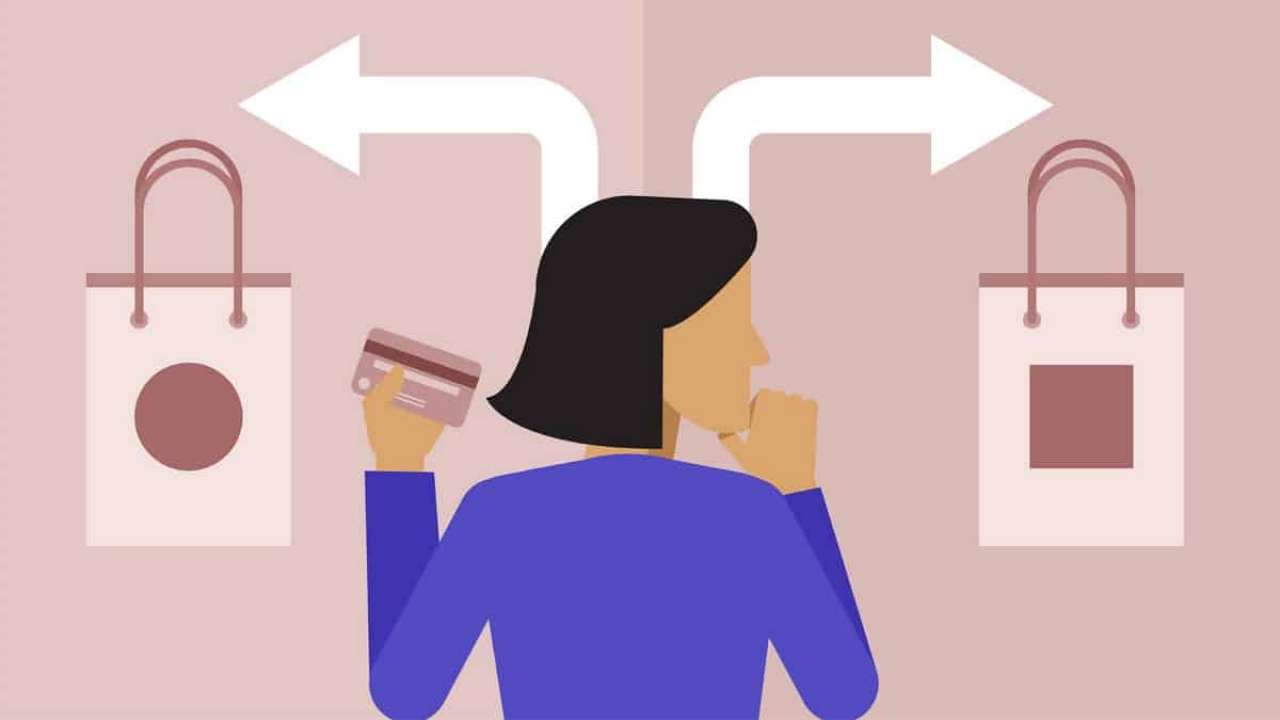The technology of buying, and why value isn’t always king

You’re probably here at BestTechie because of its mission statement: to simplify technology. And technology isn’t always a piece of hardware or lines of software. Indeed, when I left corporate life a couple of decades ago to form my own consulting company, our first tagline was “The Science of Sales & Marketing.” I wanted to apply the logic of science and engineering to what many perceived to be an art, even a “black art” to some.
Working at arm’s length with my clients’ sales forces brought a much wider view of all the inherent issues that affect sales success, and I started to see repeating and quite frankly alarming patterns. Because for the most part, we were working with good salespeople from good organizations marketing good products, yet far too often the results suggested otherwise. It was obvious that something was wrong, there were bugs. Rocks needed to be turned over and looked under.
Now, I have always believed in the value of talking to actual customers so I introduced a singular and at the time somewhat radical element to our methodology. I insisted that we research our clients’ customers as comprehensively as we did our clients’ sales teams. From talking to ever more customers about their buying process – what we came to call the Customer Buying Journey – some remarkable discoveries were made.
First – and this is why value isn’t always king. Customers invariably realized the value of what was on offer. They got it, they saw how this product could help them and their organizations, they bought into the ROI equation. There was no need for any more persuasion. Great product, great value, and yet they didn’t buy. Why?
Second – we were able to develop a model that enabled us to decode and map the elements, the “DNA” as it were, of the customer buying journey. The concept of an actual identifiable code meant that each buying journey could now be mapped and documented. Here’s what we found.
The Buying Journey DNA has six major elements, or strands. While the nature of these strands can vary greatly between different markets, a very interesting fact came to light in our investigations. Buyers of a particular offering in a particular market will behave in quite similar ways – they will “share” the same DNA. In fact, a similar DNA code will define a single market, and conversely if two buyers purchase the same offering but in a different manner, that will denote two distinct markets.
A thorough understanding of these strands will enable the seller to determine the unique elements of their target market’s buying journey, and from this develop an in-depth and informed market engagement strategy. Here are the six strands:
Triggers
An event, experience, or activity, that causes a customer to enter into a buying journey. It can also include dependencies, and can be internal or external to the buying organization.
Steps
All the activities buyers are likely to engage in throughout the buying journey. They are usually grouped and sequenced as a series of steps that comprise the total journey.
Key Players
Companies and organizations, in and of themselves, don’t start buying journeys – people have to get involved. Here you want to determine what roles and in which steps are likely to be involved throughout the entire buying journey.
Buying Style
The Buying Style is the essence of how the customer determines two things – what to buy, and where to buy. Be aware that it is based on perception, and that it can change across the buying journey. Also, be aware that the dynamics of the buying style are often ignored, trivialized, or just plain missed, and I cannot overstate their importance. Because to fully decode the Buying Journey DNA, the buying style must be identified for each step and for all the key players across the entire customer buying journey.
Value Drivers
Value Drivers are those lovely benefits that provide the motivation to start, and deliver the fuel to continue and successfully complete the customer buying journey.
Buying Concern
Perhaps the most important strand of the DNA, the Buying Concerns are widely overlooked and the least understood aspects of the customer buying journey. These are the inhibitors, the friction, that can slow down or stop a buying journey. After much analysis, we defined nine categories of buying concerns, any one of which can stop a buying journey dead in its tracks.
Final thoughts
So, there it is: Value isn’t always king. Because it’s not what they buy, it’s how they buy. And customers can buy in remarkably predictable ways. It is the DNA of each Customer Buying Journey that forms the basis of a successful market engagement. Look for it, learn it, and doors will open.
If you’re interested in learning more about the decoding of the Buying Journey DNA check out my new book How Customers Buy…& Why They Don’t.